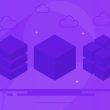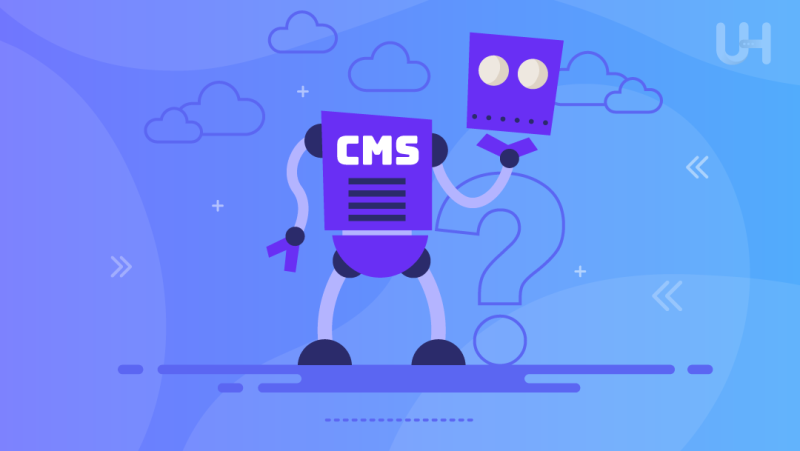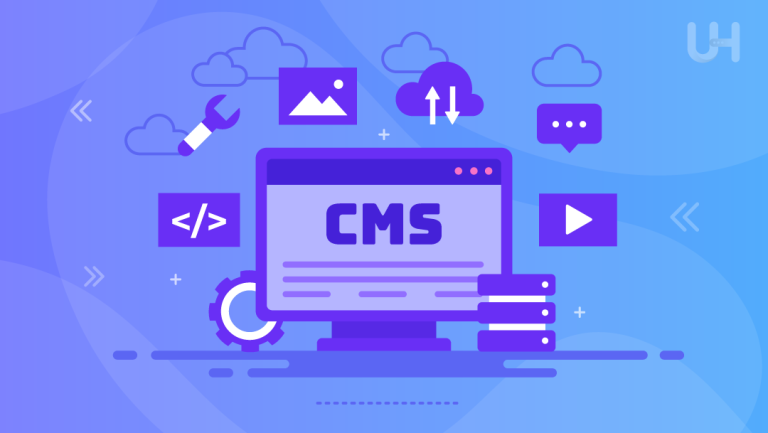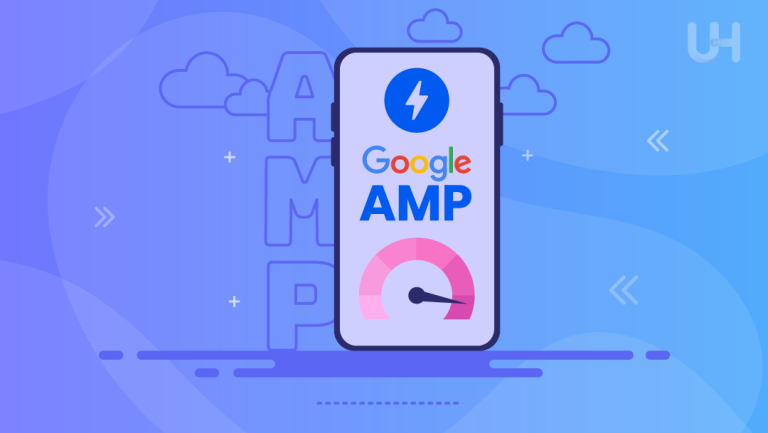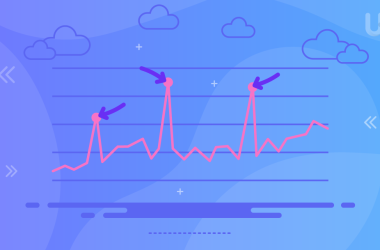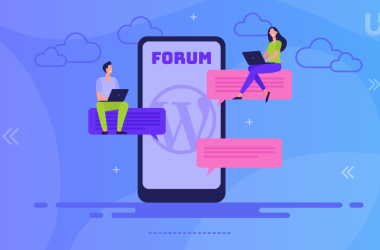Unlike traditional CMS, headless CMS separates content storage and management (the backend) from content display (the frontend). This decoupling offers developers unparalleled flexibility in presenting content across various platforms like web, mobile, and IoT devices.
Traditional CMS platforms like WordPress bundle content management with frontend presentation, limiting customization. In contrast, headless CMS empowers developers to use any frontend technology they prefer.
This flexibility is crucial in modern web development, where businesses strive for dynamic, personalized content experiences across multiple channels. Headless CMS aligns perfectly with the Jamstack architecture, emphasizing performance and security through pre-rendered content delivery.
In essence, headless CMS represents a shift towards more agile, scalable content management solutions, vital in today’s fast-paced digital landscape.
What is a Headless CMS?
A headless CMS is a content management system that separates the content management backend from the content presentation frontend. Unlike traditional CMS platforms, which tightly integrate these two aspects, a headless CMS provides content creators with a backend interface for creating, editing, and managing content, while developers have the freedom to choose any frontend technology to display this content.
The core principle of a headless CMS is decoupling. By decoupling the content management from the presentation layer, CMS offers greater flexibility, scalability, and customization options. This separation allows developers to build dynamic and highly tailored user experiences across various devices and platforms, without being constrained by the limitations of a monolithic CMS architecture.
Key Features and Functionalities
- Content Creation and Management: CMS platforms provide intuitive interfaces for content creators to easily create, edit, and manage content. They offer support for various content types, including text, images, videos, and structured data.
- API-First Approach: Headless CMS platforms are built with an API-first approach, offering robust and well-documented APIs (Application Programming Interface) that enable seamless integration with any frontend technology or application. This allows developers to retrieve content from the CMS via APIs and display it on websites, mobile apps, IoT devices, and more.
- Content Versioning and Collaboration: Headless CMS platforms often include features for content versioning and collaboration, allowing multiple users to work on content simultaneously and track changes over time. Moreover, this promotes efficient workflow management and ensures content integrity.
- Scalability and Performance: Headless CMS architectures are inherently scalable, allowing organizations to handle large volumes of content and traffic without sacrificing performance. By serving content through APIs and leveraging caching mechanisms, CMS platforms can deliver fast and responsive user experiences.
- Customization and Extensibility: Headless CMS platforms provide developers with the flexibility to customize and extend the platform to meet specific requirements. They often support plugins, extensions, and integrations with third-party services, enabling organizations to tailor the CMS to their unique needs.
How Does Headless CMS Work?
Headless CMS operates on a decoupled architecture, which separates the content management backend from the content presentation frontend. In this architecture, the CMS backend serves as a central repository for content storage and management, while the frontend is responsible for retrieving content from the backend and presenting it to users.
Unlike traditional CMS platforms, which tightly integrate the content management and presentation layers, a headless CMS does not dictate how content is displayed. Instead, it provides content creators with tools to create and manage content, while developers have the freedom to use any frontend technology (such as JavaScript frameworks or static site generators) to consume and display this content.
Get The Best CMS Hosting at Affordable Rates!
Looking to elevate your business website? UltaHost offers a powerful hosting solution that makes it simple and inexpensive to build your website. Save big without compromising on quality!
Content Creation and Management Process
The content creation and management process in a headless CMS typically involves the following steps:
- Content Creation: Content creators use the CMS backend interface to create and edit content. This can include text, images, videos, and other multimedia assets. Content can be organized into categories, tags, or other taxonomies for easier management.
- Content Structuring: CMS platforms often support structured content, allowing content creators to define custom content types and fields. This enables organizations to maintain consistency and structure across their content.
- Workflow Management: Headless CMS platforms may include features for workflow management, allowing multiple users to collaborate on content creation and approval processes. This ensures that content is reviewed and published according to established guidelines.
Content Delivery Mechanisms
Headless CMS platforms deliver content to the frontend through APIs (Application Programming Interfaces). These APIs expose content stored in the CMS backend in a structured format (such as JSON or XML), allowing developers to retrieve and display content dynamically.
Content can be delivered to various digital channels and platforms, including websites with secure WordPress hosting, mobile applications, IoT devices, and digital signage. Developers can use client-side frameworks (such as React or Vue.js) or server-side rendering technologies (such as Next.js or Gatsby) to consume content from the CMS and render it on the frontend.
Integrations and APIs
Integrations and APIs are core components of headless CMS platforms. These platforms typically offer robust and well-documented APIs that enable seamless integration with third-party services and applications.
Developers can use APIs to extend the functionality of the headless CMS, integrate with other systems (such as e-commerce platforms or marketing automation tools), and automate content workflows. Additionally, headless CMS platforms may provide plugins or extensions for popular development frameworks and platforms, simplifying the integration process.
Benefits of Headless CMS
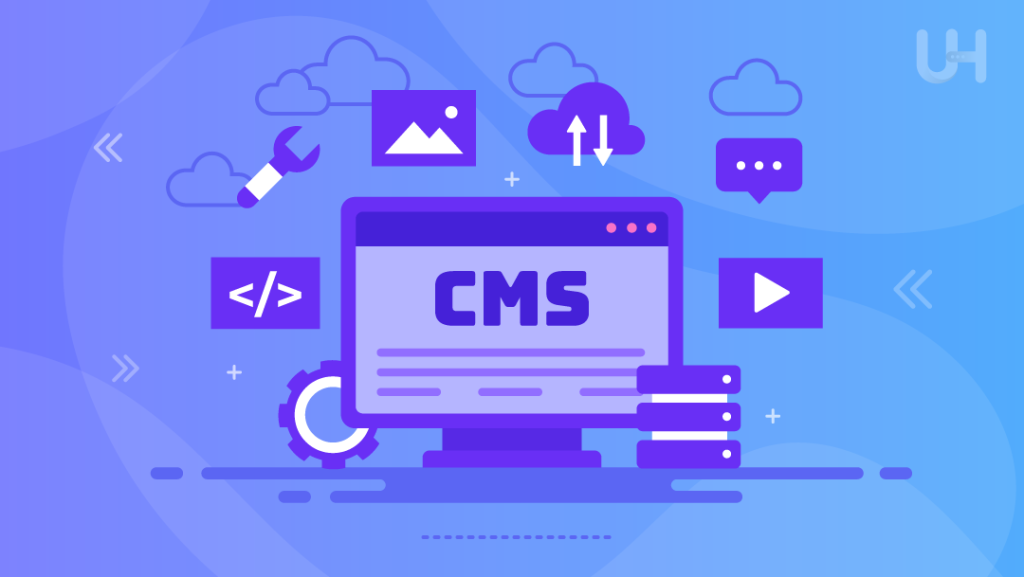
Flexibility and Scalability
One of the primary benefits of a headless CMS is its unparalleled flexibility and scalability. By decoupling the content management backend from the presentation frontend, organizations gain the freedom to use any frontend technology or platform to deliver content. This flexibility allows for highly customized user experiences tailored to specific audiences or channels.
Additionally, headless CMS platforms are inherently scalable, capable of handling large volumes of content and traffic without sacrificing performance. Moreover, organizations can easily scale their infrastructure to accommodate growing content needs or spikes in traffic, ensuring a seamless user experience even during peak periods.
Improved Performance and Speed
Headless CMS architectures often result in improved performance and speed compared to traditional CMS platforms. By serving content through APIs and leveraging caching mechanisms, headless CMS platforms can deliver content more efficiently to end-users.
Pre-rendering content and serving it directly from a content delivery network (CDN) further enhances performance by reducing server response times and minimizing latency. This results in faster page load times, smoother navigation, and overall better user experience.
Seamless Omnichannel Content Delivery
Another significant advantage of headless CMS is its ability to facilitate seamless omnichannel content delivery. With traditional CMS platforms, content is typically optimized for a specific channel or device, making it challenging to maintain consistency across multiple touchpoints.
In contrast, headless CMS platforms empower organizations to deliver consistent and cohesive content experiences across various digital channels, including websites, mobile apps, IoT devices, and more. Moreover, content creators can manage content centrally, ensuring that updates are reflected consistently across all channels.
Enhanced Developer Experience
Headless CMS platforms offer an enhanced developer experience compared to traditional CMS platforms. Developers have the freedom to choose their preferred frontend technologies and frameworks, enabling them to work with familiar tools and workflows.
Additionally, CMS platforms provide robust APIs and documentation, making it easy for developers to integrate with other systems and services. This enables organizations to use existing infrastructure and tools, reducing development time and cost.
Furthermore, the clear separation of concerns between frontend and backend development teams promotes collaboration and agility. Developers can work independently on their respective areas of expertise, accelerating the development process and enabling faster time-to-market for digital projects.
Use Cases and Examples
E-commerce Websites
Headless CMS is best for e-commerce websites with e-commerce hosting where dynamic content presentation and personalized user experiences are crucial. By decoupling the backend content management from the frontend, e-commerce businesses can deliver tailored product recommendations, promotional banners, and marketing content based on user behavior and preferences. Furthermore, this flexibility enables integration with e-commerce platforms and third-party services, enhancing the overall shopping experience for customers.
Mobile Applications
Mobile applications often require real-time access to content updates and personalized user experiences. Headless CMS enables developers to fetch content from the backend via APIs and dynamically render it within mobile applications. This approach allows for faster development cycles, easier content updates, and consistent branding across web and mobile platforms. Additionally, headless CMS facilitates offline access to content, ensuring a seamless user experience even in low-connectivity environments.
IoT Devices
Internet of Things (IoT) devices rely on timely access to relevant content to deliver personalized experiences to users. Headless CMS provides a central platform for managing content and delivering it to IoT devices via APIs. This allows organizations to update content remotely, monitor device performance, and analyze user interactions. Whether it’s providing weather updates on smart thermostats or delivering news headlines on digital assistants, CMS enables seamless content delivery across IoT ecosystems.
Digital Signage
Digital signage solutions require dynamic content management and scheduling capabilities to deliver engaging content to audiences in public spaces. Headless CMS allows organizations to create, schedule, and manage content for digital signage displays. Furthermore, content can be updated in real-time, scheduled for specific times or events, and targeted to different locations or audiences. This enables organizations to deliver relevant and timely information, advertisements, and promotions to viewers, increasing brand visibility and engagement.
Conclusion
In summary, headless CMS represents a pivotal advancement in content management, offering unmatched flexibility and scalability for modern digital experiences. Moreover, its decoupled architecture enables dynamic content delivery across various channels, from e-commerce websites to mobile apps and IoT devices. With improved performance and developer agility, headless CMS is poised to drive innovation and elevate user experiences.
If you decide to use WordPress CMS, remember to check out Ultahost’s WordPress hosting plans, which are tailored to your business needs. Ultahost’s WP hosting solutions are precisely built to maximize speed and performance.
FAQ
What’s the main difference between traditional CMS and headless CMS?
Traditional CMS tightly couples content management and presentation, while headless CMS separates them, allowing flexible front-end development.
How does headless CMS improve website performance?
Headless CMS often uses APIs for content delivery, resulting in faster page load times and smoother user experiences.
Is headless CMS suitable for businesses of all sizes?
Yes, headless CMS scales to meet the needs of small businesses and large enterprises alike.
What are common use cases for headless CMS?
E-commerce, mobile apps, IoT devices, and digital signage benefit from headless CMS’s flexibility.
How do content creators edit content in a headless CMS?
Content creators use the CMS backend interface to manage content, while developers handle frontend presentation.



